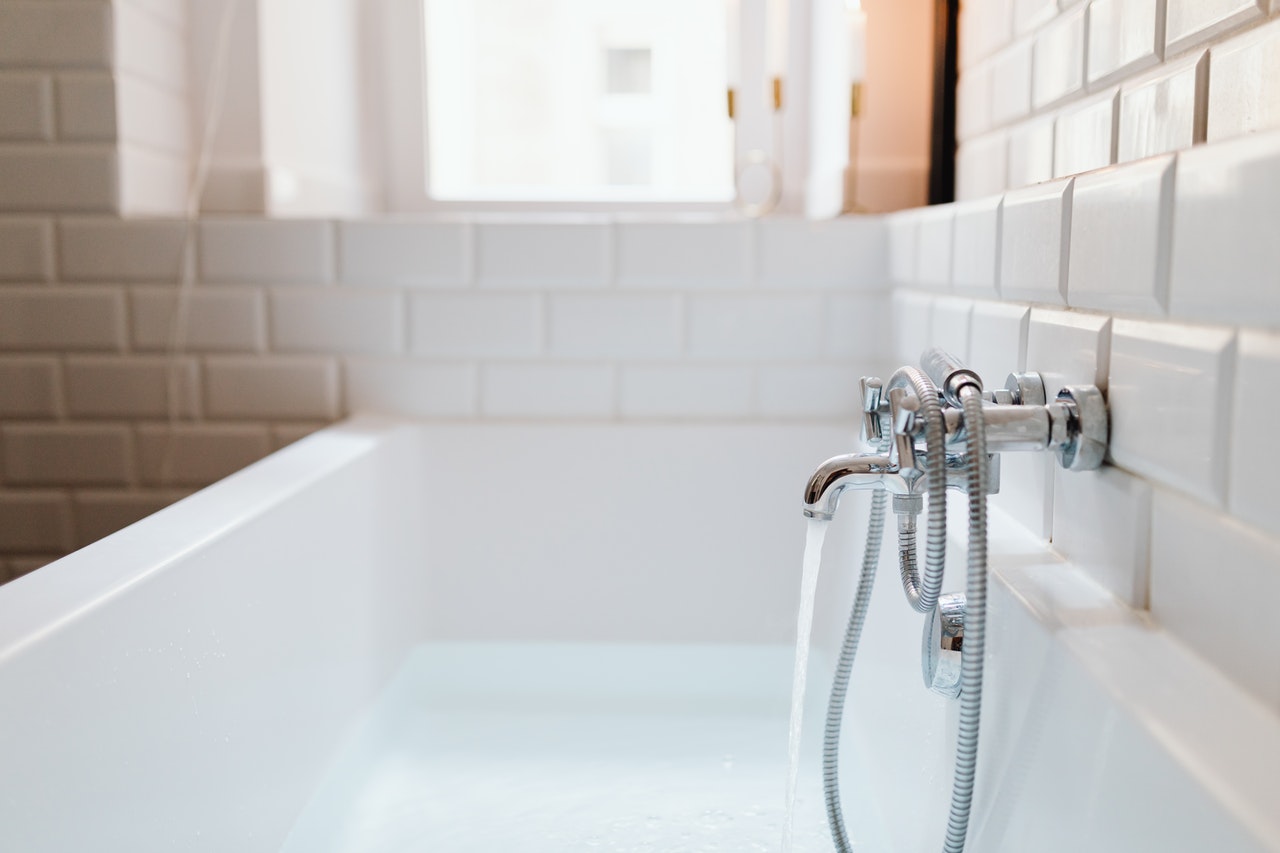Just like creepy-crawly insects and uninvited guests, mold is not something anyone ever wants in their home. No matter how clean or organized you keep your house, mold can still happen, and sometimes it can be hard to tell you have mold before it becomes a major problem. Here at MoldGone, we know how troublesome home mold can be, especially if it’s not treated quickly and properly. An undetected leak inside your walls or ceiling could be wreaking major havoc! Knowing how to detect mold in structural parts of your home can help you prevent health issues as well as structural damage.
How to Detect Mold in Your House
Airborne mold spores can enter your home in many different ways—through doorways and open windows, and even on your clothing or your pet’s fur. Mold thrives in any warm, humid environment, and in your home there are a lot of different places for mold to hide. Mold can grow on many different materials, including wood, fabric, insulation, and drywall. Let’s take a look at a few specific areas and how you can check them for signs of mold.
Carpeting and Flooring
Mold loves fabrics like carpeting and carpet padding, but it can grow in hardwood flooring as well. Detecting mold in your carpet and flooring takes two of your senses—sight and smell. Here’s how to use your eyes and nose to check for common signs of carpet mold:
- Look for any green, brown, white, or black stains on your carpeting or flooring, as these could be signs of mold, including toxic black mold.
- Sniff your carpet and flooring to check for any musty odors, which can be a sign of mold or mildew.
- If possible, pick up a small section of your carpeting or hardwood flooring to check for any mold growing underneath it.
Ceilings
Knowing how to detect mold in a ceiling can be very helpful, especially in the bathroom. Steam and warm, wet air from showers and running water float upwards, dampening the ceiling and making it a great place for mold to rear its ugly head. Here are a few ways to check for mold in your ceilings:
- Examine any areas with pipes for current or past water leaks.
- Look at your ceiling closely—do you see any discoloration or odd spotting patterns? They could be a sign of mold.
- If you try to clean the spots away, thinking they’re just dirt, but they come back—that’s a tell-tale sign of mold.
Behind Walls
Detecting mold behind your walls is tricky because there’s no easy way to see inside your wall structure. However, you could have mold growing behind the walls that you don’t know about. Here are a few ways to check for signs of mold inside your walls:
- Look for paint or wallpaper that is bubbling, cracking, or peeling away. Check for structural changes, like warping and bulging as well.
- Check for discoloration and stains that indicate water leaks inside or behind the wall—they will usually be yellow or brown in color.
- Smell the wall—do you smell anything odd or musty? That smell could also be a sign of mold growing behind the wall.
Home Mold Remediation in Maricopa County
If you suspect that you have mold in your Phoenix Valley home, call on the experts at MoldGone! The best way to detect mold is to have a professionally certified mold remediation team thoroughly inspect your home and provide remediation services. Our fast-acting, minimal demolition removal services will help you get rid of mold for good. Call us today at 480-418-7228 to get a free quote.
Photo by Karolina Grabowska from Pexels



